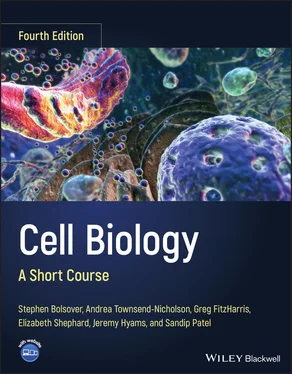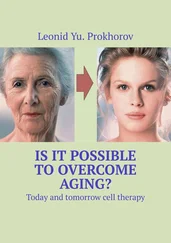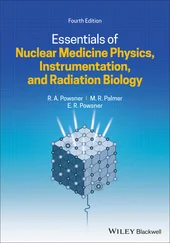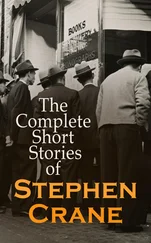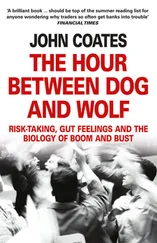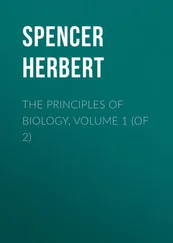Stephen R. Bolsover - Cell Biology
Здесь есть возможность читать онлайн «Stephen R. Bolsover - Cell Biology» — ознакомительный отрывок электронной книги совершенно бесплатно, а после прочтения отрывка купить полную версию. В некоторых случаях можно слушать аудио, скачать через торрент в формате fb2 и присутствует краткое содержание. Жанр: unrecognised, на английском языке. Описание произведения, (предисловие) а так же отзывы посетителей доступны на портале библиотеки ЛибКат.
- Название:Cell Biology
- Автор:
- Жанр:
- Год:неизвестен
- ISBN:нет данных
- Рейтинг книги:3 / 5. Голосов: 1
-
Избранное:Добавить в избранное
- Отзывы:
-
Ваша оценка:
- 60
- 1
- 2
- 3
- 4
- 5
Cell Biology: краткое содержание, описание и аннотация
Предлагаем к чтению аннотацию, описание, краткое содержание или предисловие (зависит от того, что написал сам автор книги «Cell Biology»). Если вы не нашли необходимую информацию о книге — напишите в комментариях, мы постараемся отыскать её.
Cell Biology: A Short Course
Cell Biology: A Short Course
Cell Biology: A Short Course
Cell Biology — читать онлайн ознакомительный отрывок
Ниже представлен текст книги, разбитый по страницам. Система сохранения места последней прочитанной страницы, позволяет с удобством читать онлайн бесплатно книгу «Cell Biology», без необходимости каждый раз заново искать на чём Вы остановились. Поставьте закладку, и сможете в любой момент перейти на страницу, на которой закончили чтение.
Интервал:
Закладка:
The Two DNA Strands Are Complementary
A consequence of the base pairing that joins the two strands of DNA is that if the base sequence of one strand is known, then that of its partner can be inferred. A Gin one strand will always be paired with a Cin the other. Similarly an Awill always pair with a T.The two strands are therefore said to be complementary.
 DNA AS THE GENETIC MATERIAL
DNA AS THE GENETIC MATERIAL
Deoxyribonucleic acid carries the genetic information encoded in the sequence of the four bases – guanine, adenine, thymine, and cytosine. The information in DNA is transferred to its daughter molecules through replication(the duplication of DNA molecules) and subsequent cell division. DNA directs the synthesis of proteins through the intermediary molecule messenger RNA ( mRNA ).The DNA code is transferred to mRNA by a process known as transcription( Chapter 5). The mRNA code is then translatedinto a sequence of amino acids during protein synthesis ( Chapter 6). This is the central dogma of molecular biology: DNA makes RNA makes protein.
Retroviruses such as the human immunodeficiency virus, the cause of AIDS, are an exception to this rule. As their name suggests, they reverse the normal order of data transfer. Inside the virus coat is a molecule of RNA plus an enzyme that can make DNA from an RNA template by the process known as reverse transcription.
We do not yet know the exact number of genes that encode messenger RNA in the human genome. The current estimate is 19 116. Table 3.1compares the number of predicted messenger RNA genes in the genomes of different organisms. In each organism, there are also a small number of genes (about 100 in humans) that code for ribosomal RNAs and transfer RNAs. The roles these three types of RNA play in protein synthesis is described in Chapter 6.
 PACKAGING OF DNA MOLECULES INTO CHROMOSOMES
PACKAGING OF DNA MOLECULES INTO CHROMOSOMES
Eukaryotic Chromosomes and Chromatin Structure
A human cell contains 46 chromosomes (23 pairs), each of which is a single DNA molecule bundled up with various proteins. On average, each human chromosome contains about 1.3 × 10 8base pairs (bp) of DNA. If the DNA in a human chromosome were stretched as far as it would go without breaking it would be about 5 cm long, so the 46 chromosomes in all represent about 2 m of DNA. The nucleus in which this DNA must be contained has a diameter of only about 10 μm, so large amounts of DNA must be packaged into a small space. This represents a formidable problem that is dealt with by binding the DNA to proteins to form chromatin. As shown in Figure 3.5, the DNA double helix is packaged at both small and larger scales. In the first stage, shown on the right of the figure, the DNA double helix with a diameter of 2 nm is bound to proteins known as histones. Histones are positively charged because they contain large amounts of the amino acids arginine and lysine (page 104) and bind tightly to the negatively charged phosphates on DNA. A 146 bp length of DNA is wound around a protein complex composed of two molecules each of four different histones – H2A, H2B, H3, and H4 – to form a nucleosome.Because each nucleosome is separated from its neighbor by about 50 bp of linker DNA, this unfolded chromatin state looks like beads on a string when viewed in an electron microscope. Nucleosomes undergo further packaging. A fifth type of histone, H1, binds to the linker DNA and pulls the nucleosomes together, helping to further coil the DNA into chromatin fibers 30 nm in diameter, which are referred to as 30‐nm solenoids. The fibers then form loops with the help of a class of proteins known as nonhistones and this further condenses the DNA (panels on left‐hand side of Figure 3.5) into a higher order set of coils in a process of supercoiling.
 TABLE 3.1.Numbers of predicted protein‐coding genes in various organisms.
TABLE 3.1.Numbers of predicted protein‐coding genes in various organisms.
| Organism | Number of predicted genes |
|---|---|
| Bacterium – Escherichia coli | 4288 |
| Yeast – Saccharomyces cerevisiae | 6091 |
| Fruit fly – Drosophila melanogaster | 14 133 |
| Worm – Caenorhabdites elegans | 19 735 |
| Plant – Arabidopsis thaliana | 27 029 |
| Human – Homo sapiens | 19 116 |
Medical Relevance 3.1 Anti‐Viral Drugs for HIV
It is hard to find drugs that will inhibit replication of the HIV virus, which causes the disease AIDS, without damaging the host cell because the HIV virus uses the host cell's synthetic machinery. However, the first act of the virus is to make DNA from its RNA genome using an enzyme contained within its viral envelope, called reverse transcriptase. Azidothymidine ( AZT), the most widely used anti‐AIDS drug, inhibits this enzyme.
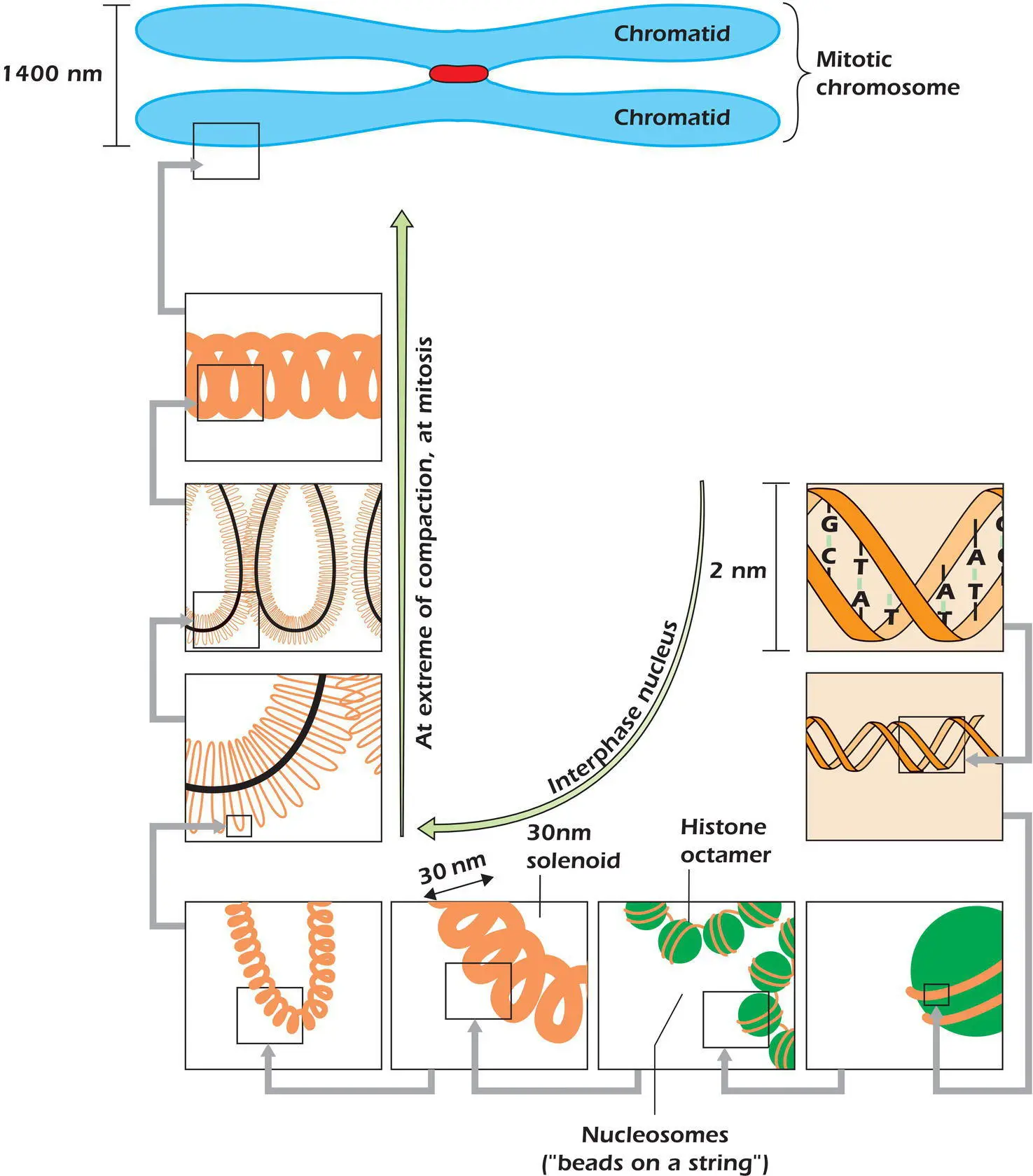
 Figure 3.5.How DNA is packaged into chromosomes.
Figure 3.5.How DNA is packaged into chromosomes.
In a normal interphase cell about 10% of the chromatin is in the highly compacted form and is visible in the light microscope as darkly staining heterochromatin ( Figure 2.3on page 23). Heterochromatin is the portion of the genome where there is no RNA synthesis taking place. Euchromatin, which is chromatin that is being transcribed into RNA, is wholly or partly unpacked from the histones to allow it to be read and has a less dense appearance in the microscope. Chromatin is in its most compacted form when the cell is preparing for mitosis, as shown at the top left of Figure 3.5. The chromatin folds and condenses further to form the 1400 nm‐wide chromosomes we see under the light microscope. Because the cell is to divide, the DNA has been replicated, so that each chromosome is now formed by two chromatids, each one a DNA double helix. This means each daughter cell will receive a full set of 46 chromosomes. Figure 3.6is a photograph of human chromosomes as they appear at cell division.
Prokaryotic Chromosomes
The chromosome of the bacterium E. coli is a single circular DNA molecule of about 4.6 × 10 6base pairs. It has a circumference of 1 mm, yet must fit into the 1 μm cell so, like eukaryotic chromosomes, it is coiled, supercoiled, and packaged with basic proteins that are similar to eukaryotic histones. However, an ordered nucleosome structure similar to the “beads on a string” seen in eukaryotic cells is not observed in prokaryotes. Prokaryotes do not have nuclear envelopes so the condensed chromosome, together with its associated proteins, lies free in the cytoplasm, forming a mass that is called the nucleoidto emphasize its functional equivalence to the eukaryotic nucleus.
BrainBox 3.1 Marie Maynard Daly

Marie Maynard Daly working in her lab, c. 1960.
Читать дальшеИнтервал:
Закладка:
Похожие книги на «Cell Biology»
Представляем Вашему вниманию похожие книги на «Cell Biology» списком для выбора. Мы отобрали схожую по названию и смыслу литературу в надежде предоставить читателям больше вариантов отыскать новые, интересные, ещё непрочитанные произведения.
Обсуждение, отзывы о книге «Cell Biology» и просто собственные мнения читателей. Оставьте ваши комментарии, напишите, что Вы думаете о произведении, его смысле или главных героях. Укажите что конкретно понравилось, а что нет, и почему Вы так считаете.
